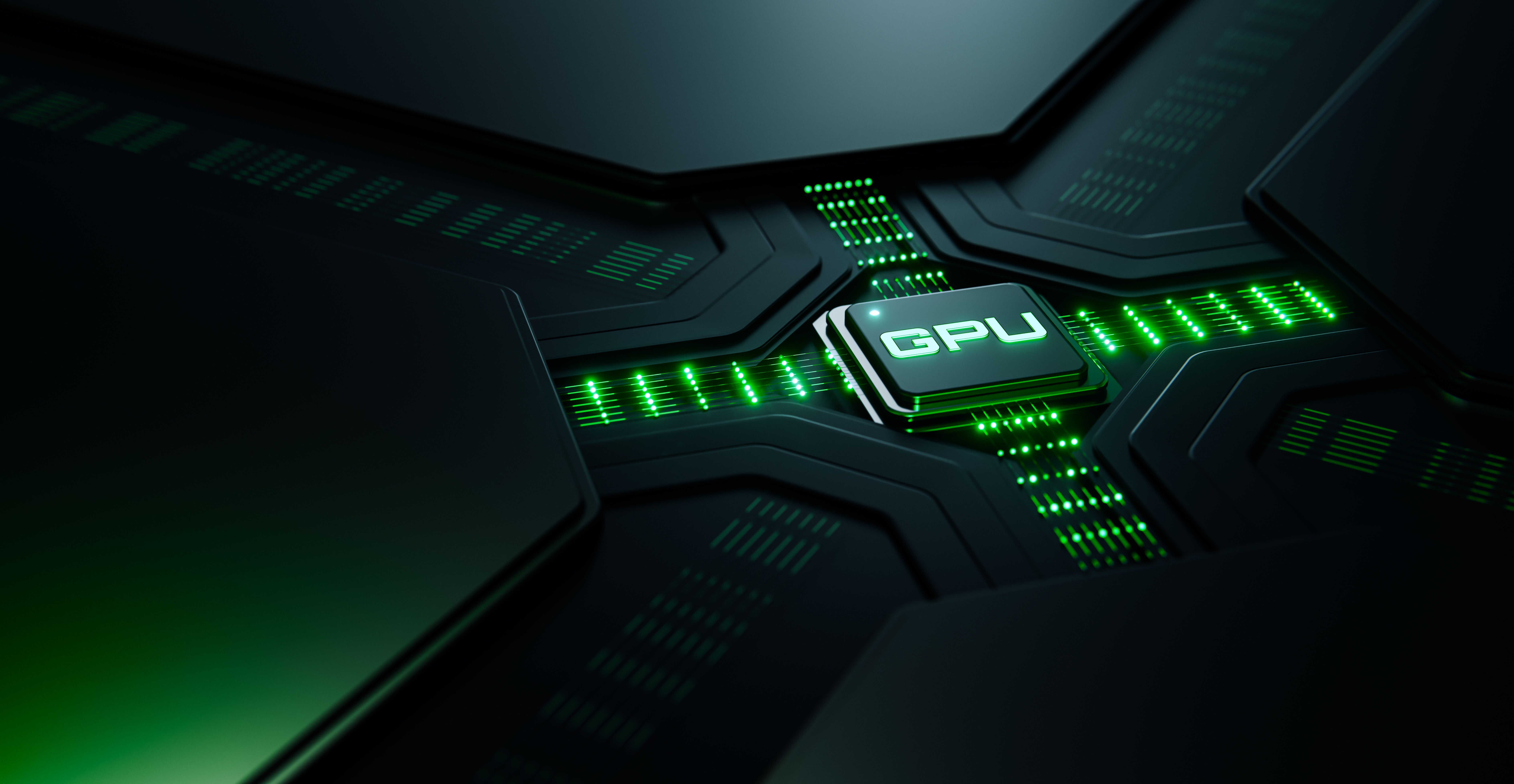RTX 4090 vs. L40S: Choosing the Best GPU for AI Workloads

Introduction
As artificial intelligence (AI) continues to transform industries like healthcare, finance, automotive, and digital media, the demand for high-performance GPUs capable of handling AI workloads at scale has intensified. Among NVIDIA’s top offerings, the RTX 4090 and the L40S stand out as two powerful but distinct options. While the RTX 4090 is commonly associated with high-end gaming and creative tasks, the L40S is engineered specifically for AI inference, training, and data center deployment.
This guide explores the architectural differences, compute capabilities, energy efficiency, and cost considerations of both GPUs, providing a data-driven breakdown to help you make the best choice for your specific AI workload or compute infrastructure.
Understanding the Basics: RTX 4090 vs. L40S
Key Specifications Overview
| Specification | RTX 4090 | L40S |
| CUDA Cores | 14,592 | 18,176 |
| Tensor Cores | 456 | 568 |
| VRAM | 24GB GDDR6X | 48GB GDDR6 |
| Memory Bandwidth | 1008 GB/s | 864 GB/s |
| TDP | 425W | 300W |
The L40S delivers a significant advantage in parallel compute capabilities, offering more CUDA and Tensor Cores and double the VRAM capacity compared to the RTX 4090. These specifications make it especially powerful for memory-bound AI workloads, such as training large transformer models or performing inference on high-resolution data.
Meanwhile, the RTX 4090 excels in clock speed and memory bandwidth, providing unmatched performance in real-time rendering and frame-intensive applications.
CUDA Cores and Their Role in AI Processing
CUDA Cores are the primary engines for executing parallel workloads on an NVIDIA GPU. With more CUDA Cores:
- Matrix operations in AI models are executed faster
- Batch processing of images or text is accelerated
- Inference latency is reduced for real-time systems
With 3,584 more CUDA Cores than the RTX 4090, the L40S offers better scalability in deep learning frameworks like PyTorch or TensorFlow, especially when training or serving models in production pipelines.
Tensor Cores and Deep Learning Acceleration
Tensor Cores are designed for mixed-precision operations; key to efficient AI training and inference. They enable:
- High-throughput matrix multiplications
- Accelerated support for FP8, BF16, and INT8 formats
- Faster execution of transformer-based models and CNNs
The L40S’s 568 Tensor Cores offer improved performance across all precision levels, giving it an edge in applications like reinforcement learning, large-scale inference clusters, and generative AI. While the RTX 4090 also features 4th-gen Tensor Cores, they are tuned for gaming-enhanced AI effects like DLSS rather than continuous deep learning workloads.
Comparative Analysis: Performance and Capabilities
FP32 Performance in HPC and AI Training
FP32 precision remains relevant in training large neural networks, scientific simulations, and traditional HPC workloads. The L40S offers approximately 24% more FP32 throughput than the RTX 4090, leading to shorter training cycles and faster convergence in large models.
This gain translates into real productivity benefits in compute-bound environments, where throughput determines how many experiments or iterations can be completed in a given time.
Importance of VRAM for Model Training
Modern AI models often require massive memory overhead for input data, parameters, and temporary computations. In this area:
- L40S (48GB) supports training of large-scale models without frequent memory swapping
- RTX 4090 (24GB) handles mid-sized models but may require partitioning or model pruning for very large datasets
For use cases like GPT-4 fine-tuning, diffusion models, or 3D vision tasks, the L40S enables smoother training workflows and supports higher batch sizes, improving both speed and accuracy.
Memory Bandwidth: Throughput for Real-Time Tasks
| Factor | RTX 4090 | L40S |
| Memory Bandwidth | 1008 GB/s | 864 GB/s |
| Memory Type | GDDR6X | GDDR6 |
While the RTX 4090 offers superior bandwidth, this advantage is most relevant for workloads involving real-time rendering, texture streaming, or frame buffering. AI workloads typically benefit more from higher capacity and Tensor core parallelism, both of which are stronger in the L40S.
Power Efficiency and Thermal Design
TDP and Cooling Requirements
| Factor | RTX 4090 | L40S |
| TDP | 425W | 300W |
| Cooling Design | Air-cooled | Data center-optimized |
With a TDP that is 125W lower than the RTX 4090, the L40S provides a more energy-efficient profile suitable for 24/7 data center operations. It also integrates well into thermally optimized server racks and supports higher density deployments without straining HVAC systems.
Importance of Power Efficiency in AI Operations
Long training sessions and inference workloads can last hours or even days. Energy-efficient GPUs like the L40S reduce:
- Total cost of ownership (TCO) over extended usage
- Cooling requirements, improving rack-level performance density
- Carbon footprint, aligning with sustainability initiatives in enterprise IT
In contrast, the RTX 4090 is better suited for environments with fewer operational constraints and a stronger focus on peak performance in short sessions.
AI Model Training and Simulation Use Cases
L40S in Enterprise AI Workloads
The L40S is optimized for deployment in:
- AI training clusters handling transformer, RNN, and vision models
- Medical diagnostics powered by AI-assisted scan analysis
- Financial forecasting involving large-scale simulations and real-time analytics
It integrates easily into infrastructure supporting direct liquid cooling (DLC), high-bandwidth PCIe lanes, and multi-GPU orchestration frameworks like Kubernetes or Slurm.
RTX 4090 for Creative and Mixed Workflows
The RTX 4090 is a powerhouse for creators who require:
- High-end 3D rendering, animation, or simulation
- Game development environments using Unreal Engine or Unity
- Video production with 4K and 8K media timelines
It also supports AI-enhanced effects for rendering pipelines and is commonly used by hybrid users who alternate between AI prototyping and media production.
Cost-Benefit Analysis and Deployment Planning
Pricing and Optimization
| Factor | RTX 4090 | L40S |
| Approx. Price | $1,600 – $2,000 | $4,000 – $5,000 |
| Optimized For | Gaming, creative | AI inference, HPC |
| VRAM | 24GB | 48GB |
The RTX 4090 is significantly more affordable, making it a compelling option for developers and researchers with lighter AI workloads. However, the L40S justifies its premium price with better scalability, ECC memory support, and data center-grade reliability.
Scalability in Multi-GPU Environments
- L40S scales more effectively in multi-GPU configurations, thanks to its thermal design, lower power draw, and high Tensor core count
- RTX 4090 lacks enterprise features like ECC and data center tuning, limiting its role in production-level AI infrastructure
For Hydra Host clients or any organization scaling AI training pipelines, the L40S represents a more robust and future-proof investment.
Conclusion: Selecting the Right GPU for AI Success
Choose the L40S if You Need:
- 48GB VRAM for massive datasets
- Enterprise-grade energy efficiency
- Superior AI training and inference performance
- Long-term deployment in production AI pipelines
Choose the RTX 4090 if You Need:
- Peak rendering and gaming performance
- Lower-cost GPU for prototyping or experimentation
- Real-time creative workloads with AI-accelerated graphics
- Occasional AI workloads that do not exceed 24GB VRAM
Key Takeaways
- L40S delivers stronger AI throughput, better scalability, and data center readiness for enterprise use.
- RTX 4090 offers superior real-time rendering and affordability, ideal for hybrid creators and solo developers.
- Memory capacity and core count favor the L40S, making it the better choice for heavy AI training.
- Power draw and cooling requirements differ, with the L40S being more efficient for continuous workloads.
- Select based on infrastructure readiness, budget constraints, and workload type to maximize long-term value.

Andrea Holt
Andrea Holt is the Director of Marketing at Hydra Host, where she unites her geospatial science background with a passion for GPU infrastructure and AI systems. She earned her degree in Geospatial Science from Oregon State University, where she developed an early interest in high-performance graphics cards through her work with ArcGIS and other mapping tools.
After graduation, Andrea applied her analytical skills to voter data mapping for independent and third-party voters while also leading digital marketing efforts for a political nonprofit. This mix of technical and creative experience made her transition to the fast-growing GPU industry a natural step.
Earlier in her career, she interned with the Henry’s Fork Foundation, mapping four decades of irrigation patterns in Idaho’s Snake River Basin. Her research was published in Frontiers in Environmental Science: Spatial and Temporal Dynamics of Irrigated Lands in the Henry’s Fork Watershed.


